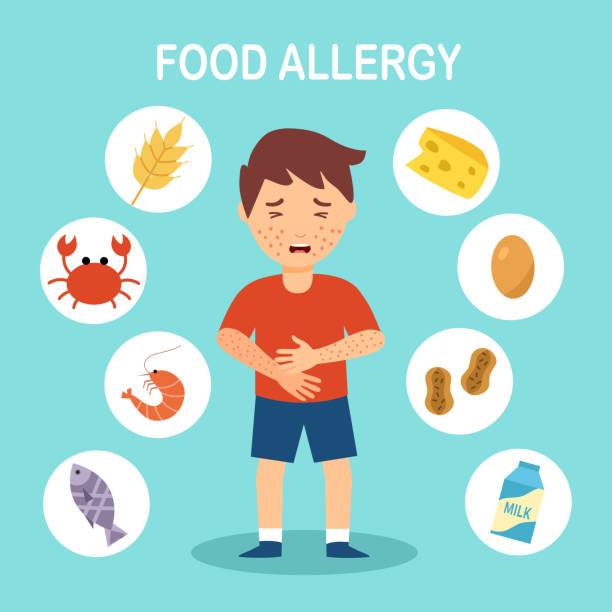Addressing Food Allergies in Disability Care: Tips for Safe and Inclusive Meal Planning

Providing care for individuals with disabilities requires attention to various aspects of their well-being. Among these essential elements is nutrition, which is vital for everyone’s health and wellness. However, individuals with disabilities may be more vulnerable to food allergies, which can complicate meal planning and raise safety concerns. In this blog post, we will explore some tips for safe and inclusive meal planning to address food allergies in disability care. Whether you are a client or a business providing care services, these strategies will help you navigate the intricacies of food allergies and ensure a healthy and enjoyable dining experience for everyone.
1. Know your client's food allergies:
The first step in addressing food allergies in disability care is to identify specifically of each client. Keep a comprehensive record of their food restrictions, reactions, and symptoms to avoid any accidental exposure to allergens. Ensure that all staff members working with the client are aware of their allergies and the protocols to follow in case of an allergic reaction.
2. Offer alternative meals for allergies:
Inclusion is essential in meal planning for individuals with disabilities, and accommodating their food allergies is no exception. Provide alternative meal options that follow the client’s dietary restrictions but still offer variety and nutritional value. Make sure to communicate these options to the client and their caretakers and encourage their participation in the meal planning process.
3. Label and identify allergies:
Clearly label the ingredients and allergens in all meals served to clients with food allergies. Use color-coding or other identification methods on the food containers or plates to avoid cross-contamination. Train your staff on how to read and understand food labels and how to handle and store allergen-free meals and ingredients correctly.
4. Establish a communication system:
Establish a communication system between the client, the caretakers, and the staff regarding meal planning and food allergies. This system should allow for easy communication of any changes or restrictions, any new sensitivities or reactions, and any feedback or suggestions on the meals served. Encourage an open and collaborative dialogue that promotes the client’s autonomy and participation in their meal planning.
Conclusion
Addressing food allergies in disability care requires attention, organization, and collaboration between the client, the caretakers, and the staff. By knowing your client’s food conditions, offering alternative meals, labelling and identifying allergens, establishing a communication system, and educating your staff and clients, you can ensure safe and inclusive meal planning that promotes health and well-being for everyone. Remember that meal planning is not just about nutrition; it is also about creating a social and enjoyable dining experience that fosters a sense of community and belonging.
Book a free Consultation with us today!
Mobile : 1800960068
Email : contactus@iseeksupport.au









